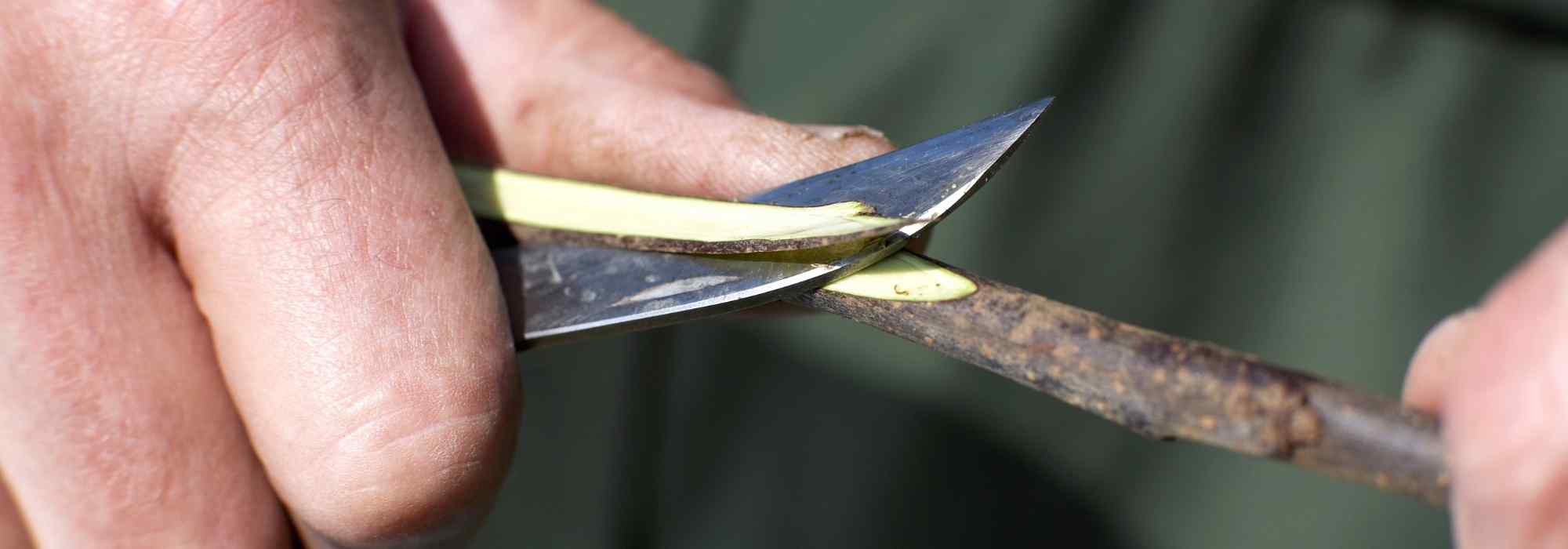
What is a grafting knife used for?
A specific knife for grafting
Contents
A grafting knife is a gardening tool used for grafting fruit or ornamental trees. This tool must be sharp, clean, and of high quality to avoid mishaps during the grafting process, which is the vegetative propagation by grafting a plant fragment onto a rootstock. A horticultural grafting knife or shield grafting knife is also equipped with a brass spatula to slightly lift the incised bark and allow the graft to pass through.
What is a grafting knife?
A horticultural grafting knife, also known as a shield grafting knife, is a gardening tool that resembles a simple knife and is used during the grafting process. Grafting involves attaching a plant part (twig, bud…) from a specific variety, the scion, onto a rootstock. The scion will continue its growth, now inseparable from the rootstock.
The grafting knife features a blade made of steel with one beveled edge and one flat side. This short blade must be very sharp and pointed. In the vast majority of cases, a flexible brass spatula (or, less commonly, plastic) is found opposite the handle: this spatula allows for lifting the bark to insert the scion. If the spatula is absent, it is referred to as a grafting knife, which primarily serves to prepare the scions.
The blade must be sharp and made from high-quality steel. Nowadays, horticultural grafting knives come with a folding blade for added convenience and safety.
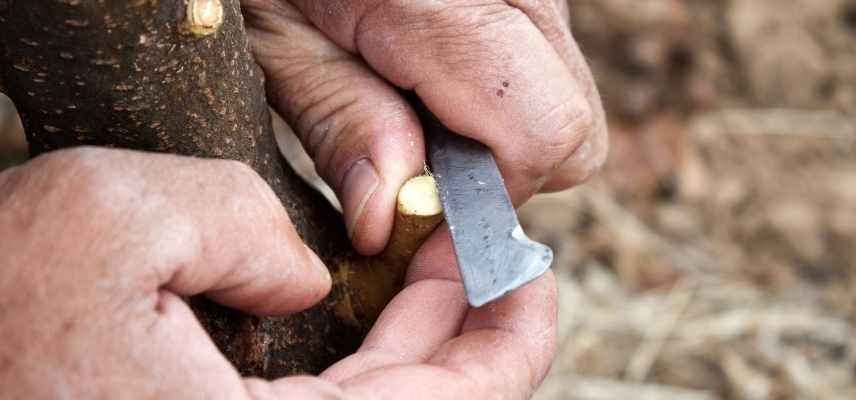
Read also
Grafting trees: different techniquesWhy grafting?
The benefit of grafting is to combine the characteristics of a rootstock (adaptation to soil, climate, increased vigour, improved hardiness, dwarfing of a tree…) with those of a scion. The latter will provide the qualities desired for the tree or bush: more beautiful and tasty fruits, unique flowers, a more abundant yield. Grafting is also practiced to faithfully reproduce certain varieties that are difficult to propagate by cuttings. Grafting in fruit trees also allows for quicker fruiting in just a few years.
Grafting is widely used to multiply varieties of fruit trees, particularly apple trees, pear trees, citrus trees, cherry trees, and plum trees… But also for roses, vines, and certain ornamental trees or bushes. And finally, let’s not forget grafted vegetables such as tomatoes, aubergines, melons, and watermelons…
Please note: grafting does not always have only advantages. Indeed, grafted subjects are often more fragile, particularly to weather conditions (breakage at the graft union) and tend to live on average shorter than those grown from seed. Furthermore, excessive asexual reproduction can lead over time to genetic depletion and a halt in the adaptive evolution of plants. Simply put, if a disease occurs in a particular species or variety, asexual reproduction (as is the case with grafting, propagation by cuttings, layering…) will not allow the offspring plants to adapt. The population will then be decimated.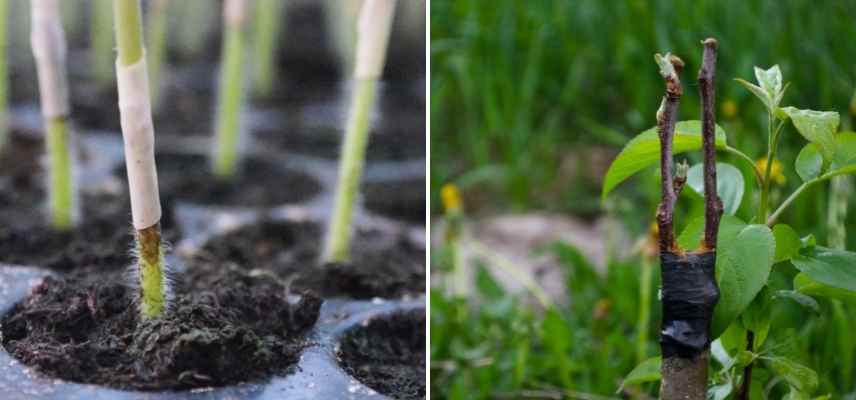 Grafting of tomatoes and fruit trees
Grafting of tomatoes and fruit trees
Discover other Knives and grafting knives
View all →Available in 1 sizes
Available in 1 sizes
Available in 1 sizes
Available in 1 sizes
Available in 1 sizes
Available in 1 sizes
Available in 1 sizes
Available in 1 sizes
How to choose your grafting knife?
It will primarily depend on the type of graft you wish to perform.
Spatulate grafting knives or horticultural grafting knives are mainly used for shield grafting and crown grafting. Cleft and inlay grafts can be performed using a horticultural grafting knife, a simple grafting knife, or a grafting sickle.
The blade of your future grafting knife must always be of high quality and well-sharpened. The handle should be ergonomic and provide a good grip. The Bahco grafting knife, with its very sharp blade and hook-shaped tip, is particularly suitable for shield grafting on fruit trees. A grafting knife for vines with its straight blade will be preferably used for “V” grafting on vines, but also for shield grafting on other species.
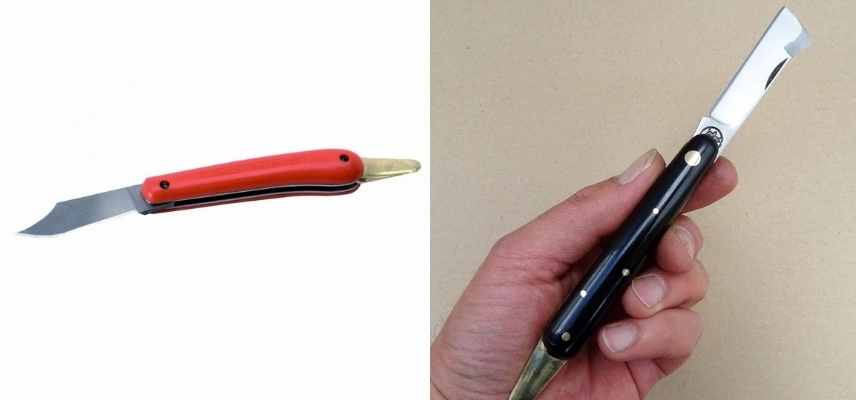
Bahco grafting knife and grafting knife for vines
How to maintain your grafting tool?
Your grafting knife should always remain clean to avoid any risk of introducing diseases, and well-sharpened for clean cuts. After each use, thoroughly clean and disinfect your tool with 90° alcohol. Don’t forget to sharpen the blade if you notice it becoming less sharp over time. Sharpen your grafting knife only on the bevelled side! When you hold your grafting knife, ensure the flat side is facing you. Finally, keep your grafting knife for grafting purposes only. It would be a shame to damage or dirty it by cutting anything else with your tool.
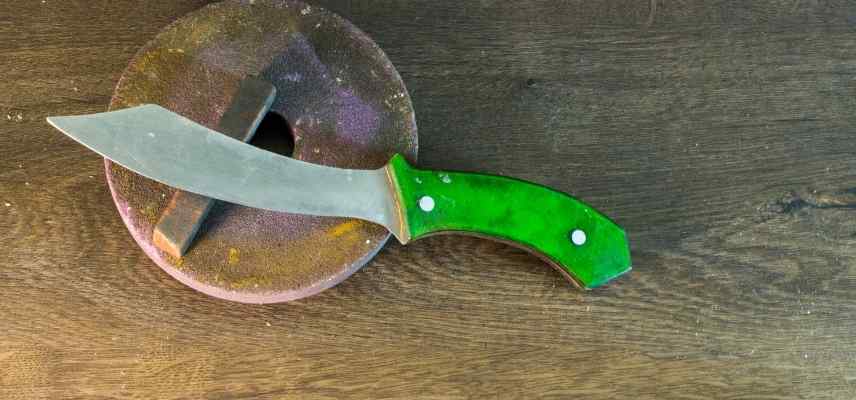
- Subscribe!
- Contents
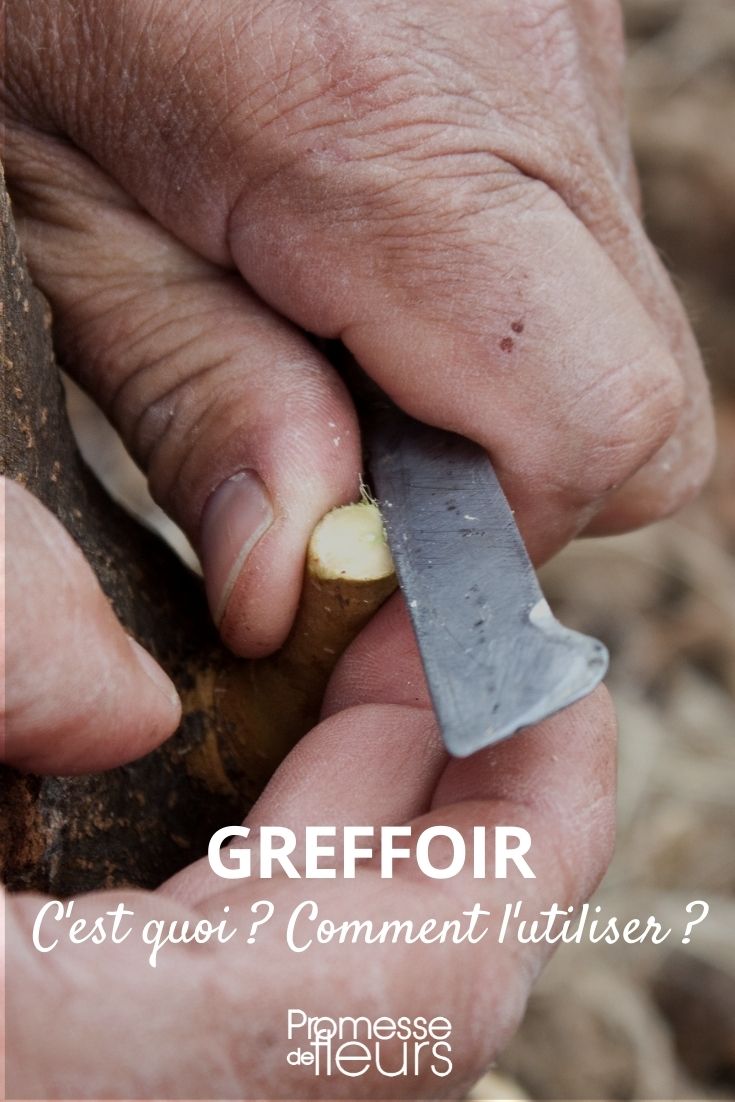































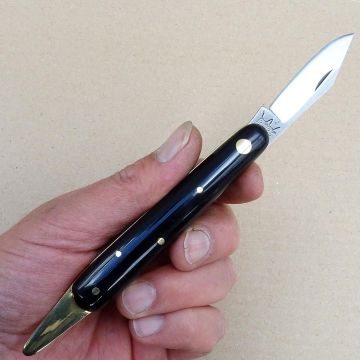
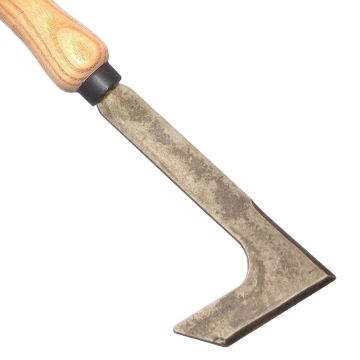
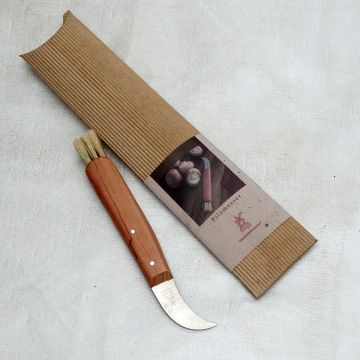
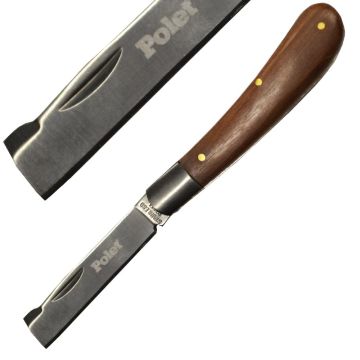
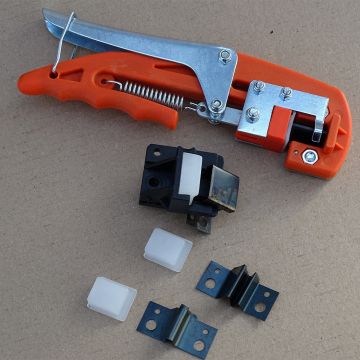
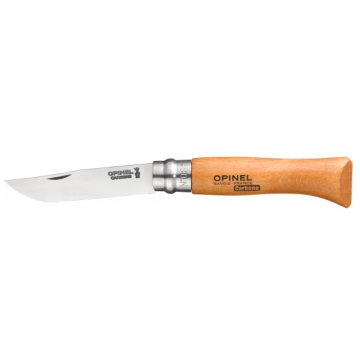
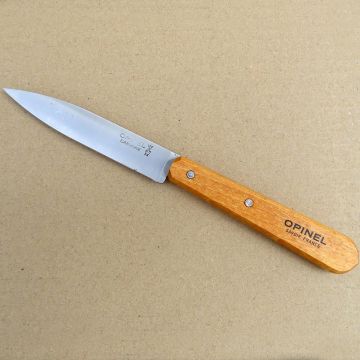
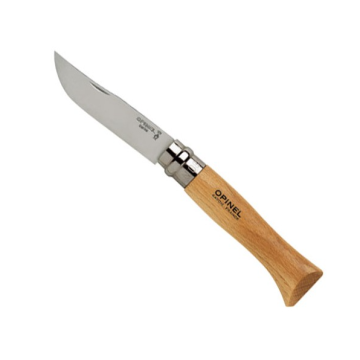
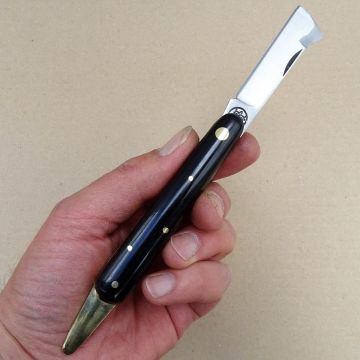
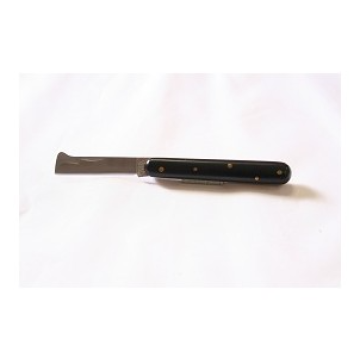
Comments